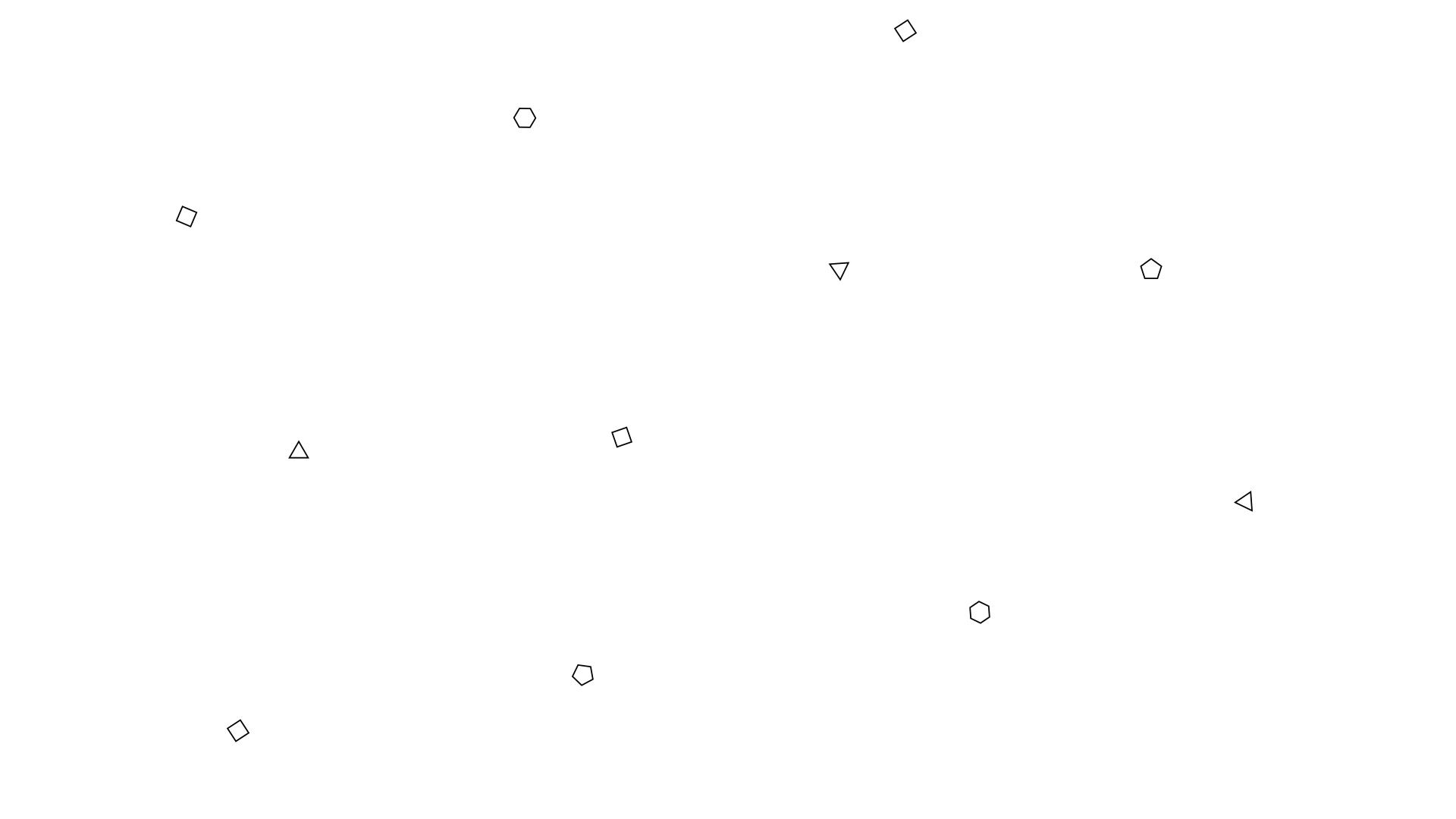Mixed media with drypoints
- Joana Carvalho
- 16 de mai. de 2020
- 2 min de leitura
I was introduced to drypoints online, there are a lot of examples you can find to understand how this technique works. But shortly, a drypoint is an image created on a plate (usually plexiglass, acetate film or mylar, zinc plates, etc) by using a sharp tool, such as this one for example. The image on the plate is then printed on damped paper, either using a press or by hand.
But one of the biggest advantages of drypoints is the fact that you can replicate an image a certain amount of times and then use it to paint with several different media. This might seem pointless, but if you have a drawing and don't want to ruin it, then the possibility of replicating an image is very attractive. Like this it is possible to experiment with different media and see which image you like best - example here.
I wanted to try out different media in a sketch I had done recently, and so this technique fitted in perfectly.

I used a sheet of Mylar, which is very flexible and easy to trace the image on top - remembering that the image needs to be inverted (so it comes out correctly on the print).
I ended up putting a plexiglass sheet underneath the mylar so the print would come out slightly indented on the paper. I printed the plate 3 times to test out different media on the image.
The first one is printed with sepia ink and the two last ones with brown-black ink. I have started painting these drypoints, but since they are approx. an A4, it actually takes some time to paint them.
The first one, I started to paint it in watercolors and I am really liking the effect. The next two I will probably paint with color pencils and pastel pencils.

Thanks for stopping by!














Comentários